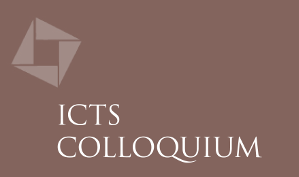There is mounting recent evidence that physical interactions help to organize biological cells. In particular, many cells actively generate forces through molecular motors that enable them to interact mechanically through soft substrates and achieve ordered states. To take an example, we will look at how spatial order in heart muscle cells and their temporal beating are correlated.This can be understood through the notion of an order parameter arising out of the competition of an elasticity-driven force and noise inherent in biology. Complementary to this elastic picture, other forms of order can arise in a more liquid-like context in biomaterials. This is a recurring theme in biology because cells have both solid- and fluid-like properties. Mechanical interactions, which are faster and longer ranged than the diffusion of chemical signals, may also underlie pattern formation processes inherent in biology. We will sketch how such a mechanochemical collaboration can theoretically explain the observed tendency for “scaling" in development, where embryos maintain their proportions over variations in their size. I will conclude by indicating how notions of topological protection of edge states might also enable robust localized flows of information and matter in biology.


